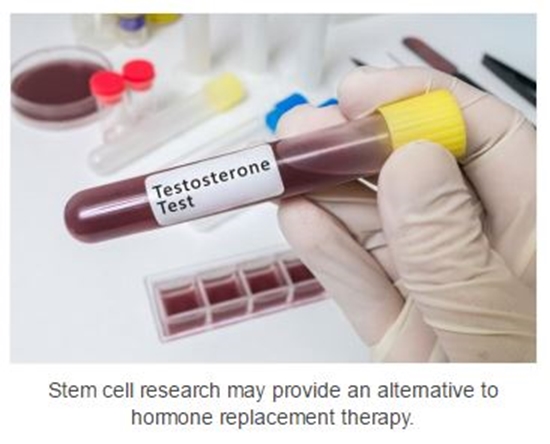Scientists use stem cells to restore testosterone
Male hypogonadism is a condition affecting almost a third of the elderly male population. The most common treatment option is testosterone replacement therapy, but the practice can have significant side effects. A new development in stem cell research suggests an alternative treatment for hypogonadism may soon become available.



ارسال به دوستان